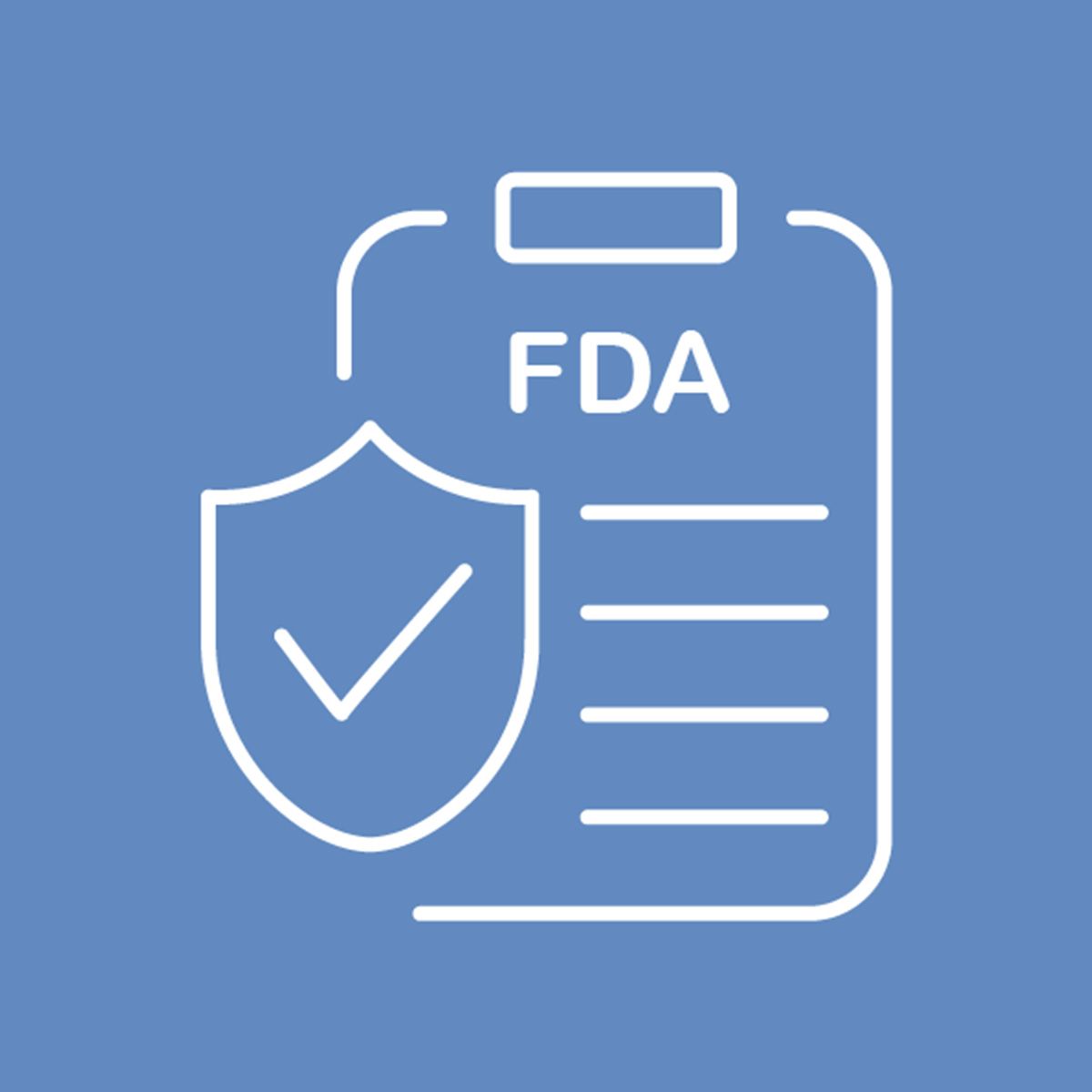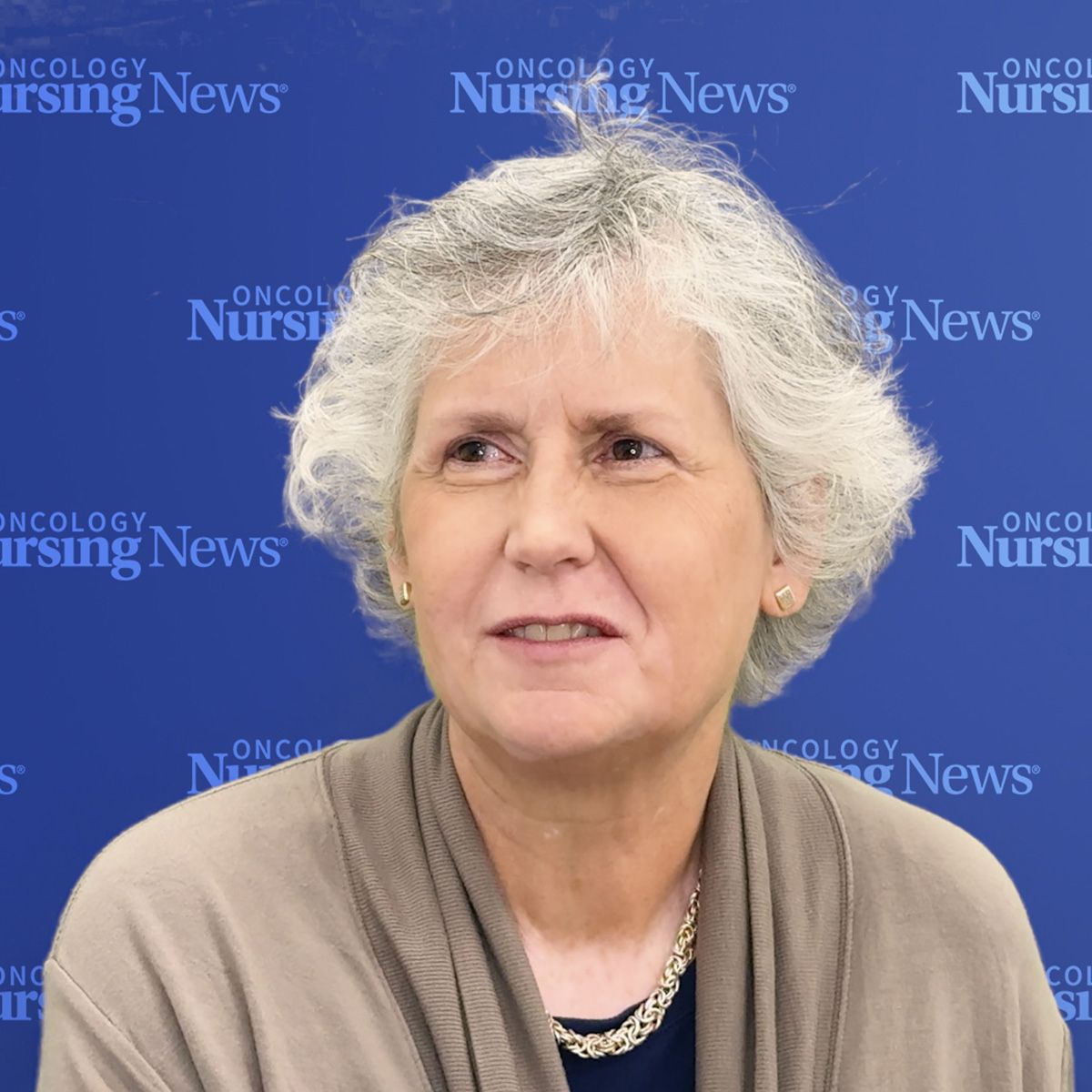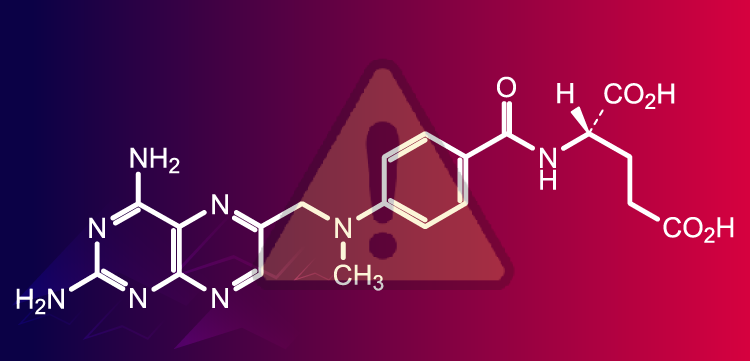
Breast Cancer
Latest News
Latest Videos

More News

Social determinants of health like transportation and financial increased the occurrence of psychoneurological symptoms in breast cancer survivors.

Using liquid biopsies to test for ESR1 mutations in breast cancer is more feasible for patients and has quicker turnaround times.

Katherine Cohen, MSN, FNP-C, provided insights on what to consider when treating patients with HR+, HER2- breast cancer in the second line of treatment.

Debriefing after patient loss, supporting patients at the end of life, and finding outlets outside of work can help oncology nurses avoid burnout.
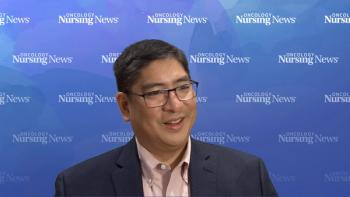
The presence of biomarkers, even in small amounts, can shape the course of treatment for a patient, says Andy Guinigundo, MSN, RN, CNP, ANP-BC.


Jessie Desir, PhD, RN, AMB-BC, OCN, explained that comprehensive disease and treatment education are essential to adherence for patients with breast cancer.
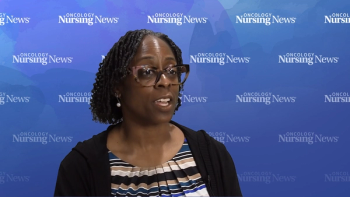
Oncology nurses and APPs provide support and can help to facilitate conversations with patients and families during end-of-life care.
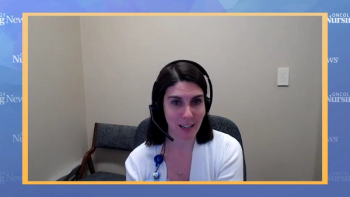
Restaging cancer can be an unfamiliar space, but with more experience, APPs can rely less on MDs for guidance in such cases.

Working with multidisciplinary teams and educating patients are key to treating patients with cancer while navigating newly approved treatments.

Working with interdisciplinary teams and nurse navigators to coordinate care across specialties is a facet of oncology nursing that may be overlooked, says an expert.

Patricia Jakel, MN, RN, AOCN, emphasized that the bond oncology nurses have with patients with cancer necessitates honest and often difficult conversations.

Two denosumab biosimilars have been approved by the FDA for all previously approved uses for the reference drugs in cancers and osteoporosis.

Jessie Desir, PhD, RN, AMB-BC, OCN, discussed the need for awareness about cancer subtypes and their prevalence in certain populations.

Although participants in the study had greater rates of nonadherence postintervention, those who reported nonadherence at baseline saw some increase in adherence.

Camizestrant with a CDK4/6 inhibitor was well tolerated and effective as first-line therapy for patients with ESR1-mutated, HR-positive/HER2-negative advanced breast cancer.

Erica S. Doubleday, MS, FNP-C, BSN, RN, discussed taking advantage of available resources to provide comprehensive care for patients with breast cancer.

T-DM1 reduced risk of invasive disease events and death compared with trastuzumab in HER2-positive early breast cancer with residual invasive disease after neoadjuvant therapy.

The role of oncology nurses and APPs in research is largely to stay abreast of trials that may be useful to patients and recommend them whenever possible, according to Erica Doubleday, MS, FNP-C, BSN, RN.

Patients with recurrent/metastatic HER2-positive breast cancer experienced durable response and manageable safety from KN026-docetaxel combination therapy.

Lerociclib plus fulvestrant demonstrated a progression-free survival (PFS) advantage across all patient subgroups with HR–positive, HER2–negative advanced breast cancer.

Erica S. Doubleday, MS, FNP-C, BSN, RN, illustrated the importance of consistent care to identify AEs like interstitial lung disease in patients with cancer.

After a phase 3 study showed a promising pCR rate with HLX11, the pertuzumab biosimilar’s BLA has been accepted for review by the FDA.

The FDA has approved a companion diagnostic to determine if patients with HR-positive, HER2-ultralow metastatic breast cancer are eligible for T-DXd treatment.

Erica S. Doubleday, MS, FNP-C, BSN, RN, explains AEs commonly associated with use of trastuzumab deruxtecan.

